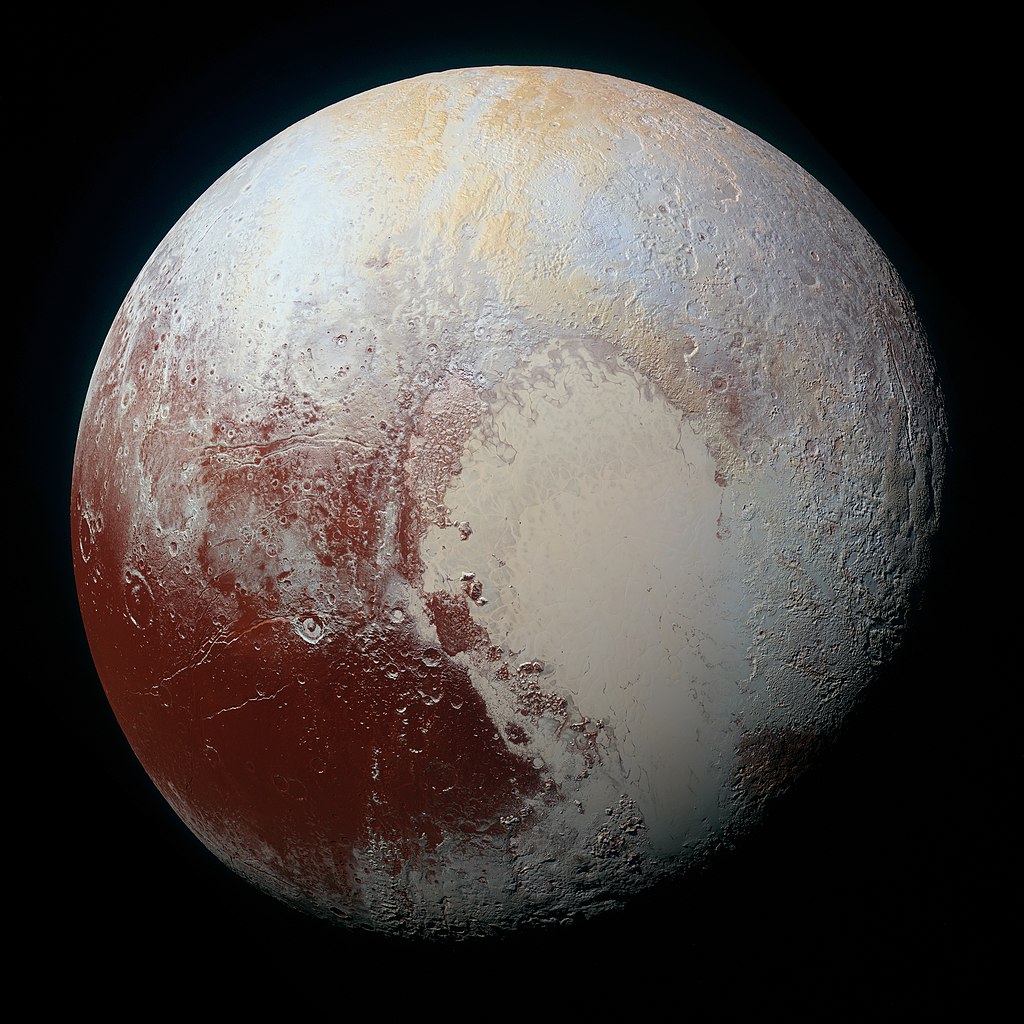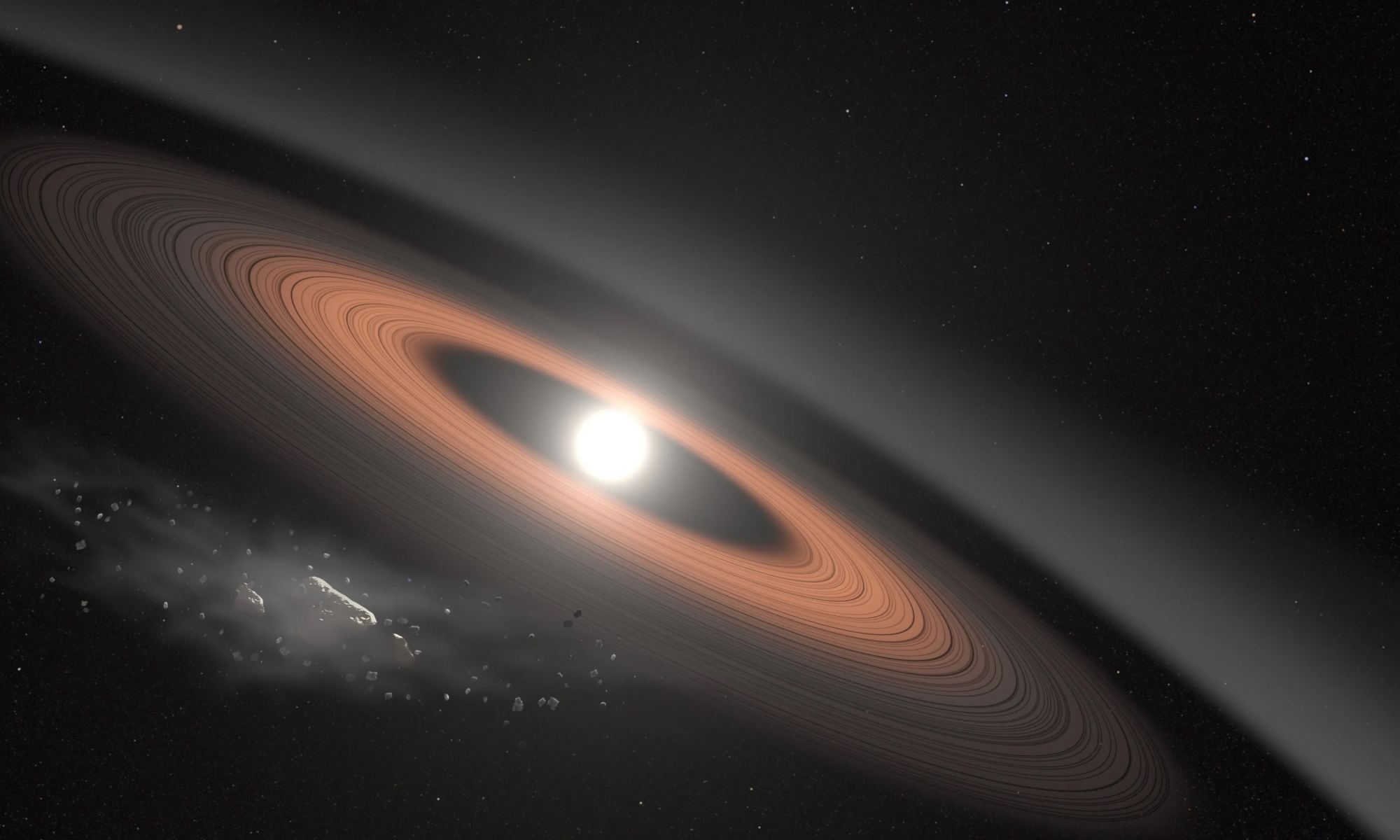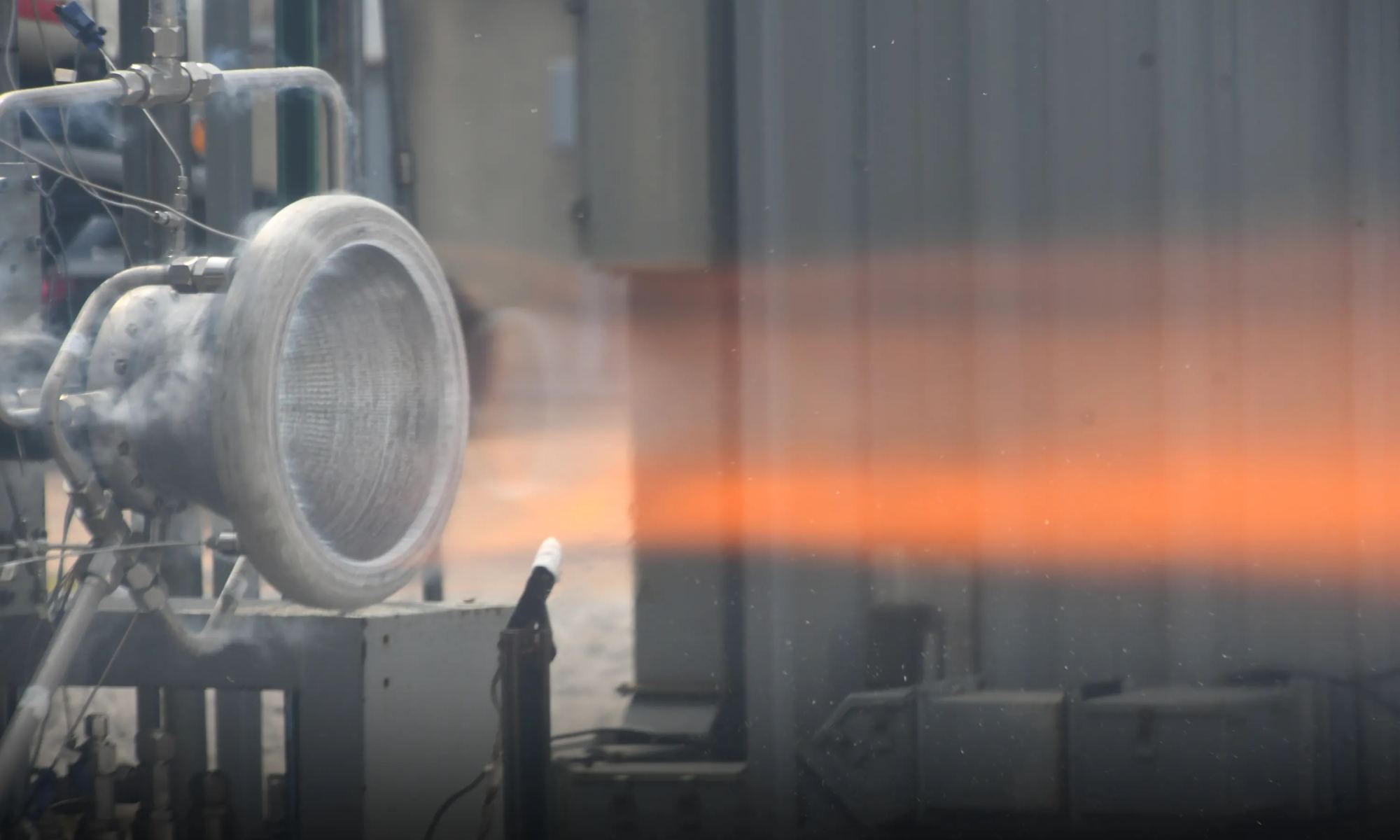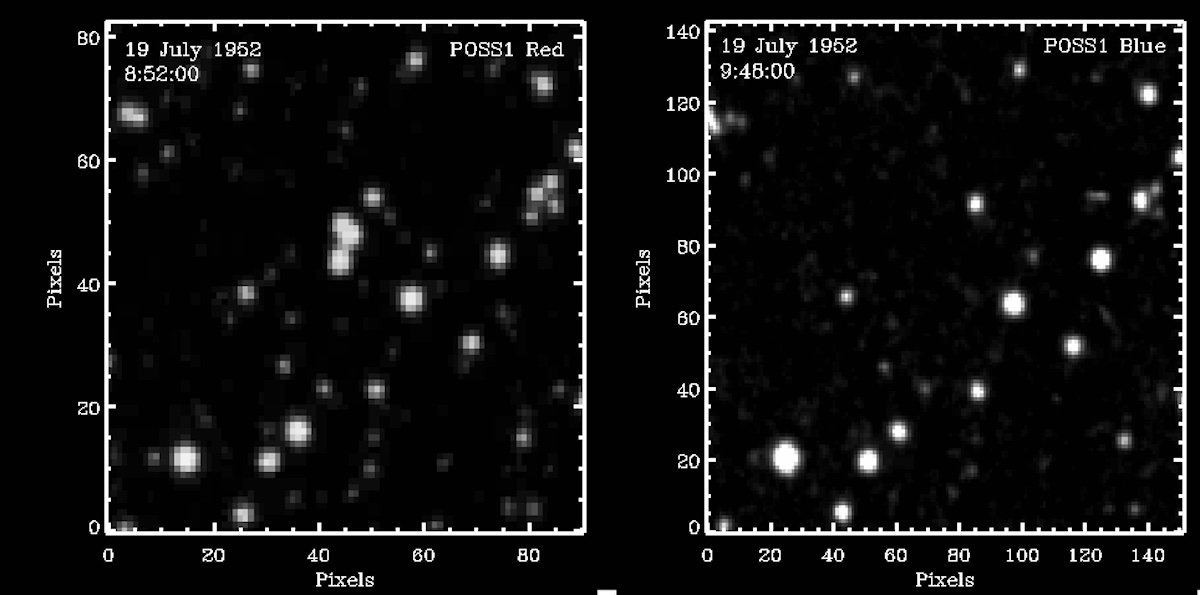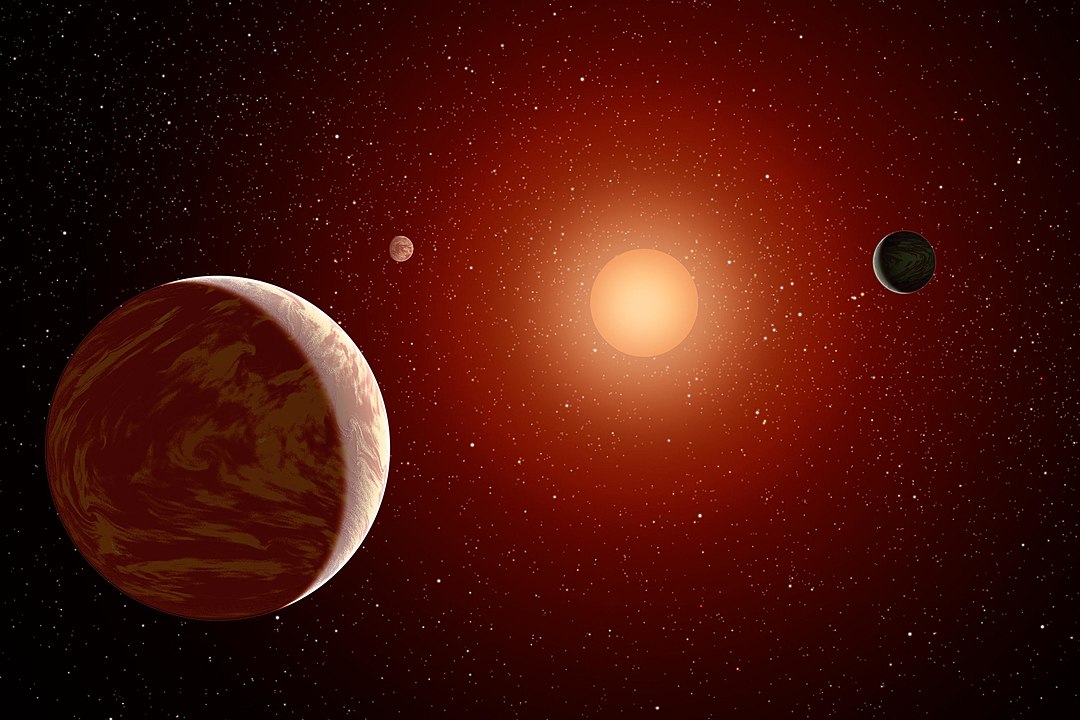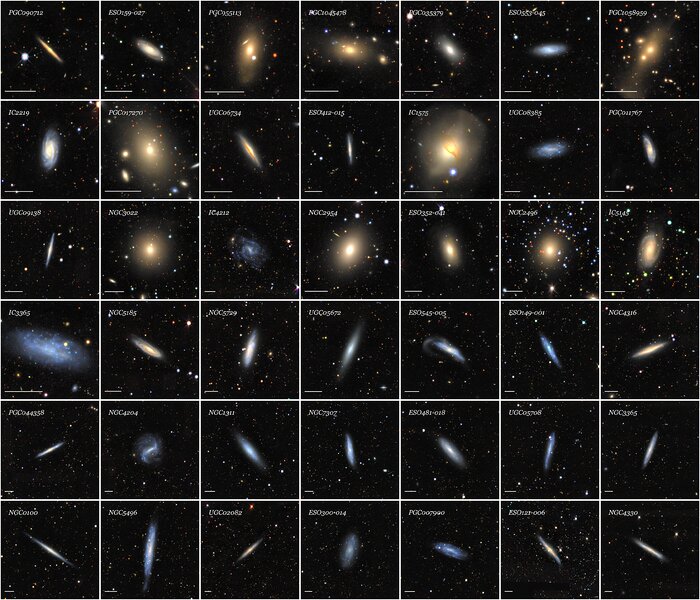The Milky Way is just one galaxy in a vast cosmic web that makes up the Universe’s large-scale structure. While ESA’s Gaia spacecraft is building a map of our stellar neighborhood, a team of astronomers with the Dark Energy Spectroscopic Instrument (DESI) Legacy Survey have released a comprehensive galactic map that includes all the data from three wide-ranging surveys completed between 2014 and 2017. Called the Siena Galaxy Atlas (SGA), it contains the distance, location, and chemical profile of 380,000 galaxies across half of the night sky.
“Previous galaxy compilations have been plagued by incorrect positions, sizes and shapes of galaxies, and also contained entries which were not galaxies but stars or artifacts,” explained Arjun Dey, an astronomer with NOIRLab, who was involved in the project. “The SGA cleans all this up for a large part of the sky. It also provides the best brightness measurements for galaxies, something we have not reliably had before for a sample of this size.”
Continue reading “Astronomers Release a Cosmic Atlas of 380,000 Galaxies in our Neighborhood”
